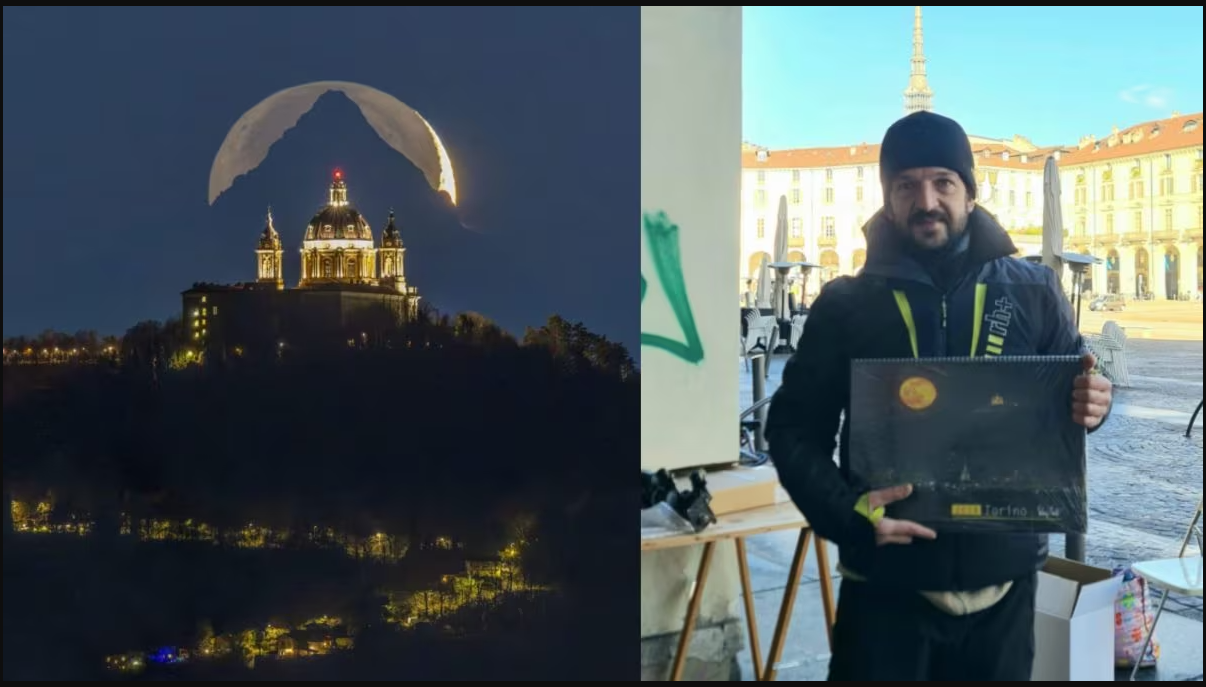In the vast expanse of the cosmos, where stars are born and planets take shape, a remarkable revelation has emerged, shedding light on the intricate relationship between water and the formation of celestial bodies. Recent findings from astronomers have unveiled a groundbreaking discovery: the presence of water vapor in the vicinity of a young star’s disc, precisely where planets are believed to be coalescing. This revelation not only deepens our understanding of planetary formation but also underscores the profound significance of water in shaping the cosmic landscape.

The journey into this celestial realm of discovery begins with the Atacama Large Millimeter/submillimeter Array (ALMA), a pioneering astronomical observatory operated by the European Southern Observatory (ESO) and its international partners. It is within the confines of ALMA’s advanced instrumentation that astronomers have embarked on a quest to unravel the mysteries of planet formation, peering into the distant reaches of space with unprecedented clarity.
Leading this groundbreaking research is Stefano Facchini, an esteemed astronomer from the University of Milan, Italy. In a study published in Nature Astronomy, Facchini and his team unveil a remarkable revelation: the detection of water vapor in the inner disc of the young Sun-like star HL Tauri, located a staggering 450 light-years away in the constellation Taurus. This discovery marks a significant milestone in our exploration of planetary systems, offering a glimpse into the cosmic origins of water and its role in shaping the celestial landscape.
For Facchini, the magnitude of this discovery is beyond comprehension. “I had never imagined that we could capture an image of oceans of water vapor in the same region where a planet is likely forming,” he reflects. Indeed, the observations reveal an astonishing abundance of water vapor, dwarfing the combined volume of Earth’s oceans, nestled within the inner sanctum of HL Tauri’s disc.
Accompanying Facchini in this cosmic odyssey is an international team of astronomers, each contributing their expertise to unraveling the mysteries of planetary formation. Leonardo Testi, an astronomer from the University of Bologna, Italy, underscores the significance of this discovery, emphasizing the unprecedented clarity afforded by ALMA’s spatially resolved observations. “It is truly remarkable that we can not only detect but also capture detailed images and spatially resolve water vapor at a distance of 450 light-years from us,” Testi remarks.
The journey into the heart of planetary formation is not without its challenges. Observing water vapor with ground-based telescopes presents a formidable obstacle, as Earth’s atmosphere distorts astronomical signals. Yet, ALMA’s vantage point in the Chilean Atacama Desert, perched at an elevation of 5000 meters, offers a sanctuary from atmospheric interference, providing astronomers with unparalleled clarity in their observations.
Wouter Vlemmings, a professor at Chalmers University of Technology in Sweden, emphasizes the instrumental role of ALMA in unraveling the mysteries of planetary formation. “To date, ALMA is the only facility able to spatially resolve water in a cool planet-forming disc,” Vlemmings remarks, highlighting the critical importance of this groundbreaking observatory in advancing our understanding of the cosmos.
As astronomers delve deeper into the cosmic tapestry, they uncover tantalizing clues that hint at the profound influence of water in shaping planetary systems. Elizabeth Humphreys, an astronomer at ESO, reflects on the significance of witnessing water molecules being released from icy dust particles, a testament to the dynamic interplay of cosmic forces in the formation of celestial bodies.
The implications of these discoveries extend far beyond the confines of our solar system, offering insights into the formation of planetary systems throughout the cosmos. Facchini envisions a future where upgrades to ALMA and the advent of ESO’s Extremely Large Telescope (ELT) will usher in a new era of discovery, providing astronomers with unprecedented views of the inner regions of planet-forming discs.











